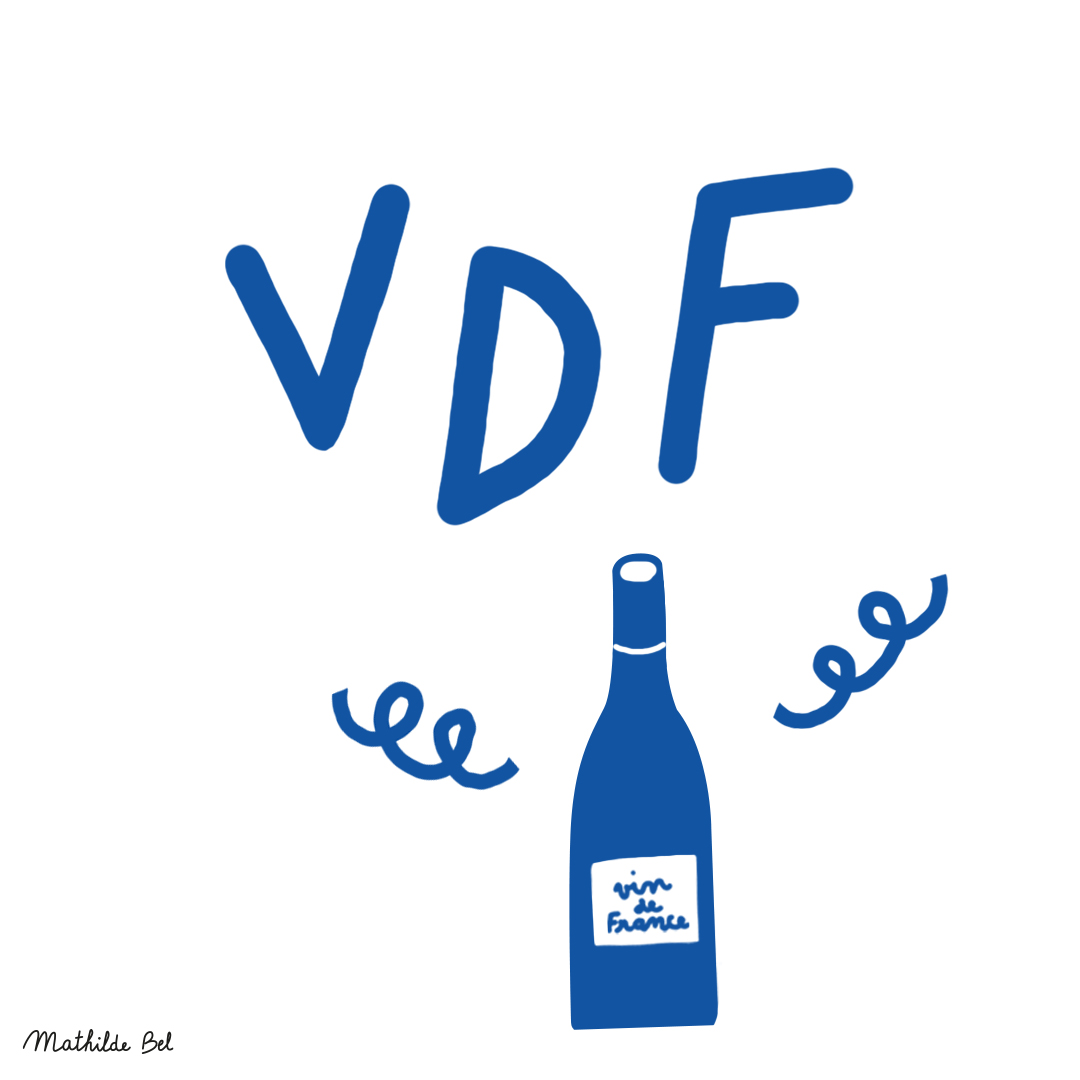Carmenère de France
Wines color
Taste profile
Sweetness
Body
Acidity
Tannins
Alcohol
Table of contents
Encyclopedia
Origin
Originally from the Aquitaine area, this variety was grown on a large scale prior to the phylloxera crisis. After this episode, it was grafted and its yields became erratic, explaining why it is used less and less frequently. Today, there are only twenty hectares being grown in France.
Aromas
Often confused with Merlot, whose aromatic traits are similar, Carmenère is characterized by delicious fruity notes (strawberry, plum and raspberry) and, at times, even some hints of spices.
Wines profile
Carmenère is used to make rich, colorful wines with a lot of tannin. Its potential for acidity is sometimes low when grown in areas that are too hot.
Cultivation areas
Carmenère is planted exclusively in temperate zones and, in France, only in a very small area in the northern Aquitaine region.
Precocity
Carmenère is a relatively late variety and requires mild autumns on rather warm, well-drained lands. It ripens two weeks after Chasselas, the benchmark, thus making it a Period II variety. It also buds late, 9 days after Chasselas.
Vigor
Carmenère is a highly vigorous grape variety, and its lower buds are not very fertile. It must thus be pruned long. It is also susceptible to shot berries during flowering if the weather is cold and rainy in June.
Soils
Carmenère does not fare well when there is excess water during its vegetative growth stage, as this gives it overly strong vegetal aromas, such as green pepper. Poor soils, which thus require more watering, should be avoided with this grape variety, as it grows better in richer soils that can retain water.
Climat
Carmenère clearly prefers rather warm climates, namely with a hot, sunny Indian summer that helps the grape ripen properly and minimizes the formation of vegetable-like aromas. Yet, as it reaches a high level of sugar before its tannins are fully ripe, it needs a long ripening period. It there is excessive heat during this ripening period, however, wines made from Carmenère are adversely impacted by excessive alcohol.
Susceptibility to diseases and pests
Carmenère does not seem to be particularly susceptible to diseases.
Use
Carmenère is used only to produce wine.
Descriptive elements
Carmenère can be recognized by the many flat-lying hairs at the tips of its young shoots, as well as by its shiny young leaves, which are orange-red with bronze patches. As well, the stamen threads are crumpled during flowering. Carmenère’s adult leaves are orbicular and heart-shaped, with five lobes. The petiolar sinus has slightly overlapping lobes. The lateral sinuses frequently have a tooth at their base. The teeth of the sinuses are generally medium sized with rectilinear sides. The veins are lightly colored, whereas the leaf blade is revolute and its lower surface has a thin coat of flat-lying and upright hairs. Carmenère’s clusters are small with medium-sized berries.
Clonal selection in France
The only approved Carmenère clone (specifically named Carmenère N) is number 1059.
